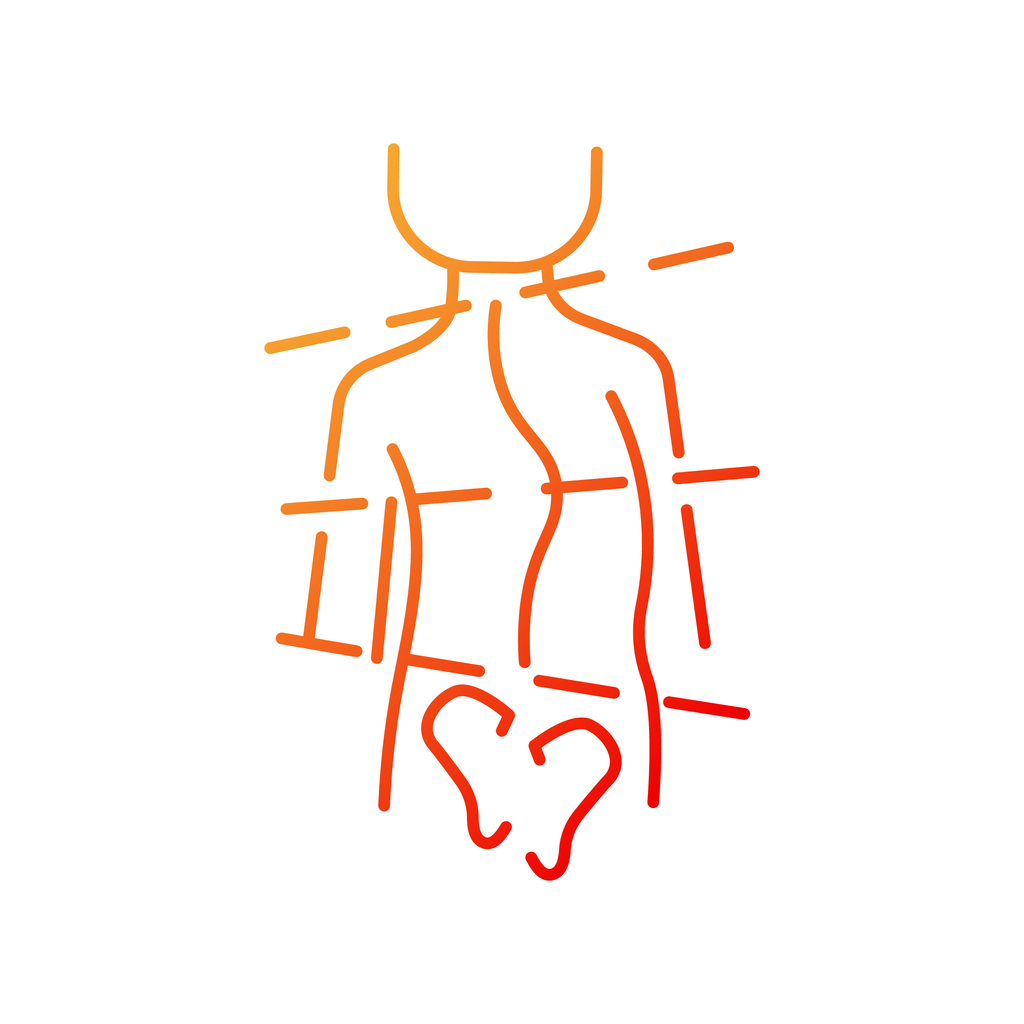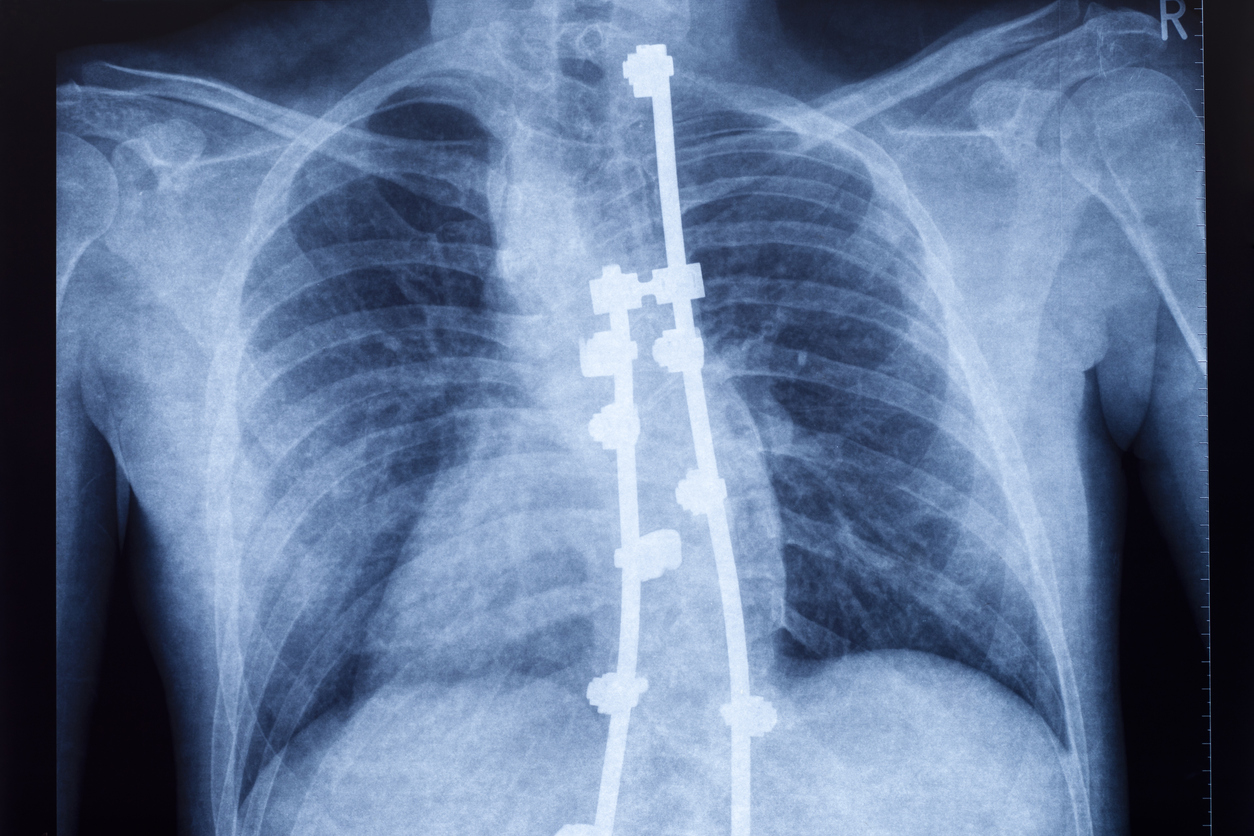Pain
Types of Scoliosis

What is scoliosis?
Scoliosis is defined as a sideways curvature of the spine. It is usually diagnosed in adolescents. Scoliosis is considered as a curve of at least 10 degrees to the side on an X-ray. Severe scoliosis can cause lung difficulty due to reduced space in the chest area.
Scoliosis categories
The two categories for scoliosis include structural and nonstructural. Structural scoliosis is the most common and affects the structure of the spine. Both spinal rotation and side-to-side curvature are present. Structural is typically permanent. Nonstructural is often temporary with only side-to-side curvature; however, the spine structure remains normal. It is frequently due to poor posture or irregularities elsewhere in the body.
Types of scoliosis
There are many types of scoliosis. The types of structural scoliosis include idiopathic, degenerative, neuromuscular and congenital.
Idiopathic scoliosis
Idiopathic scoliosis has no known cause. This type accounts for up to 80 percent of cases. It is broken down into age groups: infant, juvenile, adolescent and adult, with adolescent idiopathic being the most common. Idiopathic scoliosis is prone to develop around the age of 10 and worsen during growth. If developed at age two or younger, it is referred to as infantile idiopathic scoliosis.
Degenerative scoliosis
Most commonly developed in the lower back, degenerative scoliosis is the result of wear and tear during the aging process. Also known as adult onset scoliosis, it involves a side-to-side curvature of the spine. Intervertebral and facet joints are moving portions of the spine. Degeneration can occur in these parts, which can cause spinal asymmetry. It typically develops slowly over time. Symptoms can range from mild back pain to excruciating pain that shoots down the leg.
Neuromuscular scoliosis
Neuromuscular scoliosis is the result of other disorders that cause damage to the muscles that support the spine. When these muscles become weak or unbalanced, curvature of the spine can occur. Conditions that can cause neuromuscular scoliosis may include cerebral palsy, a spinal cord injury, muscular dystrophy, or spina bifida. Children with any of these conditions are at an increased risk of developing scoliosis.
A child can wear a scoliosis brace to slow or prevent worsening of scoliosis. If the curve reaches 50 degrees, surgery may be considered. The curve of neuromuscular scoliosis worsens with time, which leads to an imbalance of the torso. If the curve reaches 80 degrees or more, lung space decreases, resulting in breathing difficulty.
Congenital scoliosis
Although rare, congenital scoliosis occurs prior to birth. The vertebrae may fail to divide or not develop completely. Oftentimes, it is not diagnosed until later in childhood. However, it can be diagnosed in early infancy if signs are apparent. Congenital scoliosis may present with body asymmetries and get worse as a child grows. If it worsens significantly or ongoing deformity is probable, surgery may be considered.












